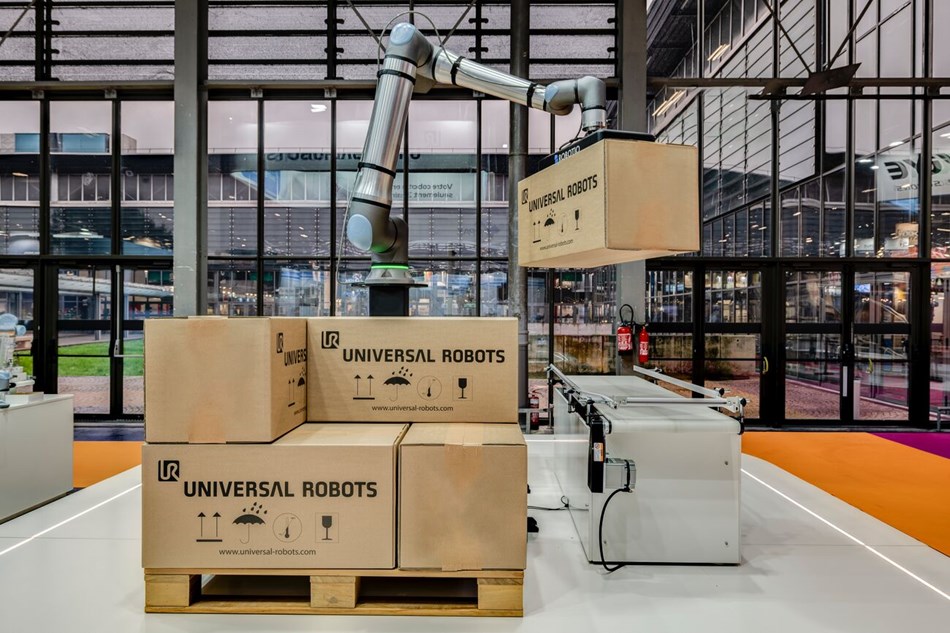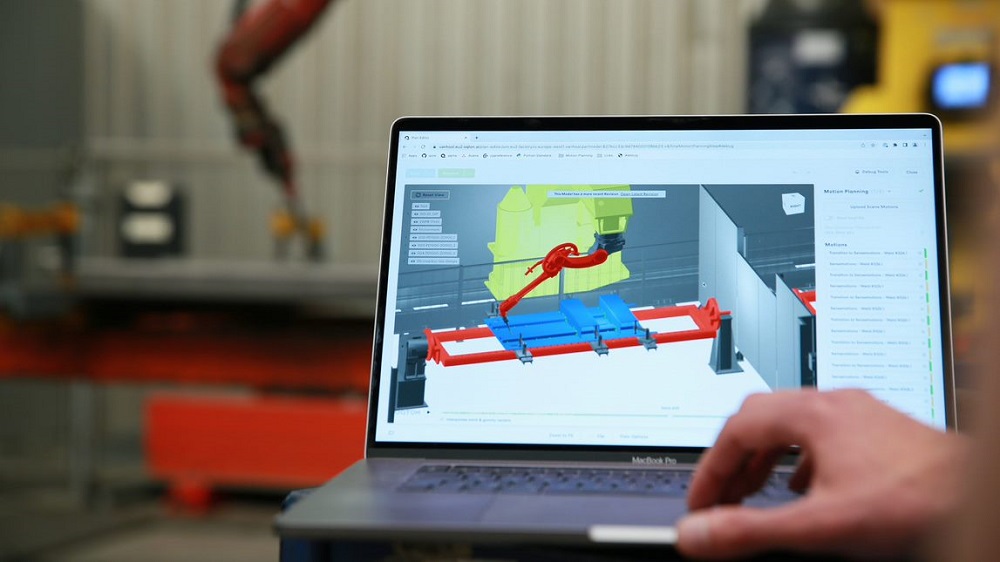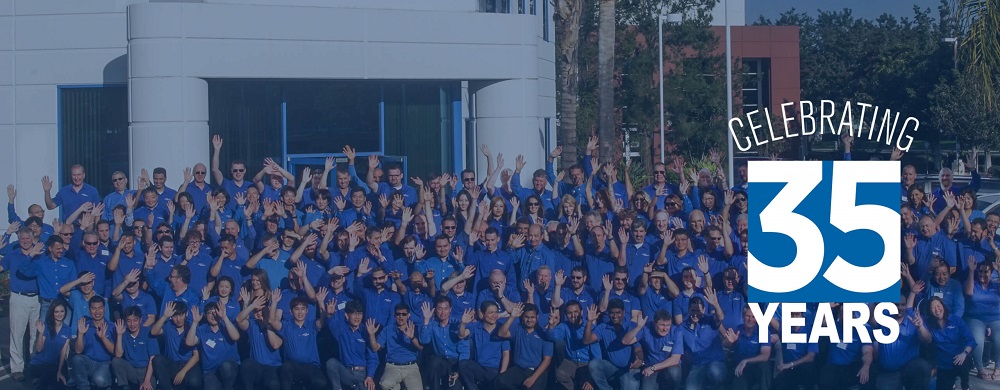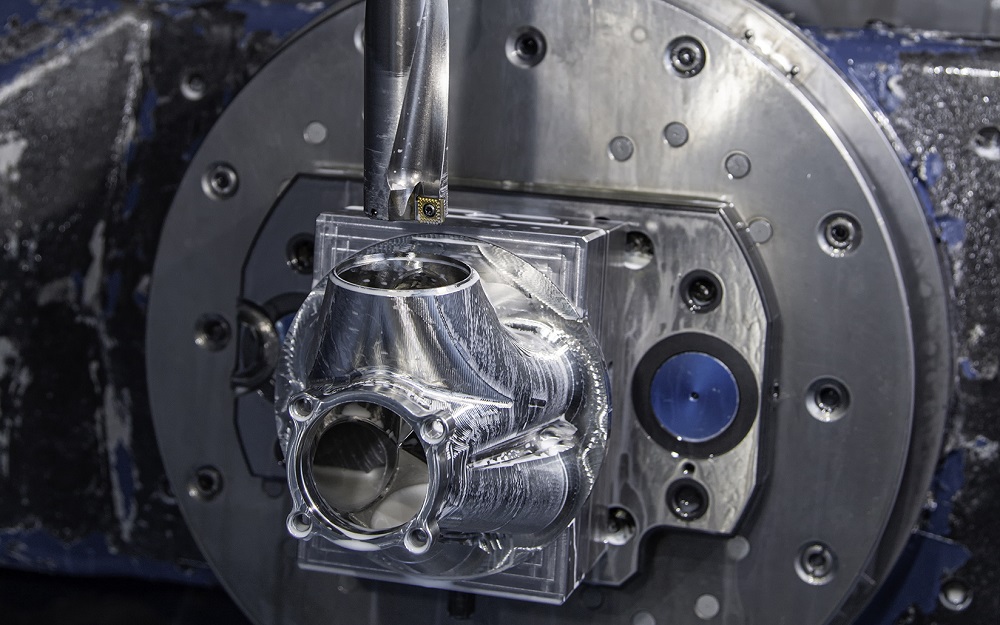With over 50 years of experience machining components for the aerospace, defence, medical, electronic and automotive industries; utilising everything from two-axis lathes through to multi-pallet five-axis machining centres axis, Aylesbury-based CNF Precision Engineering could be expected to have all the expertise it needed. However, when it won a significant order to machine exhaust collector manifolds for a motorsport customer, it found itself in need of additional support.
The issue faced by CNF was the complexity of the components, which came in six variants, along with the material, 304 stainless steel.
“When we were faced with stainless steel that required extra-long tool overhangs, we knew we would need additional technical input,” says Mark Baron, CNF’sproduction manager.
Ceratizit provided a range of tooling on trial, with no commitment until successful completion of the process. Key to that success wasthe use of35 mm diameter (with 4xD flute length) KUB Pentron indexable insert drillsfor the main internal port machining, along with a selection of high-feed indexable insert milling cutters using button and square inserts, with finish milling completed using Ceratizit’s Silverline solid-carbide mills and Torus cutters.
The collaboration resulted in significant cycle time savings along with greatly improved tool life. For example, the indexable milling inserts are showing a 300% increase in tool life after testing a variety of carbide grades, eventually settling on Ceratizit’s grade for heat-resistant materials, CTCS245. A 20/30% gain in tool life was seen when switching to Silverline cutters for finish milling, when compared with an incumbent competitor cutter.
In terms of cycle time, the work undertaken with the Ceratizit Torus cutters proved to be productive, with 40-50% decrease in cycle time generated from the switch from a conventional ball-nose cutter to a Ceratizit Torus Monstermill cutter.Tool life also doubled.
For further information www.ceratizit.com



















